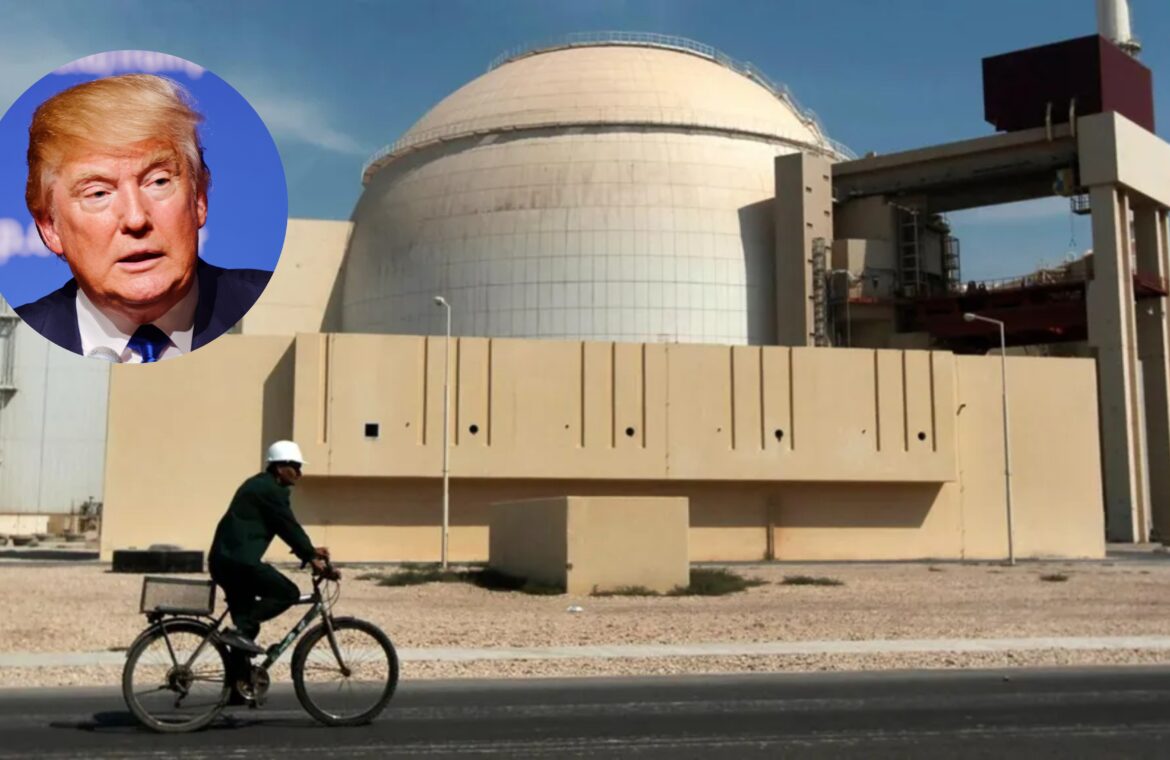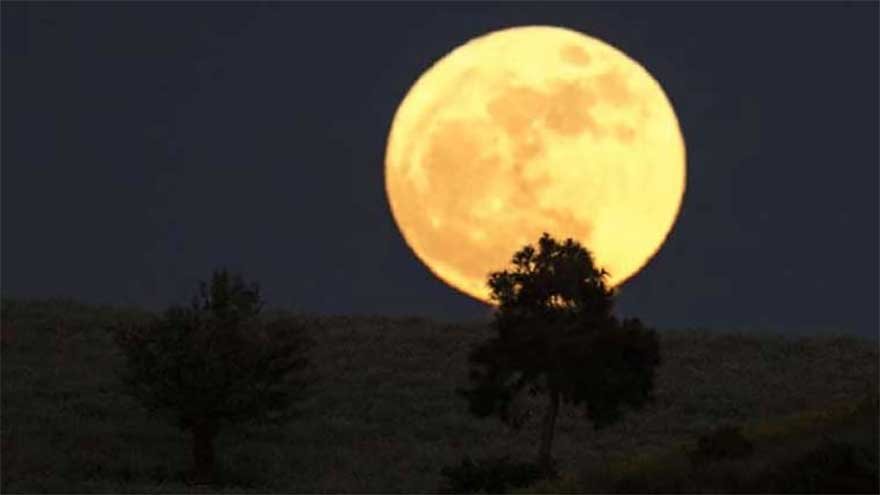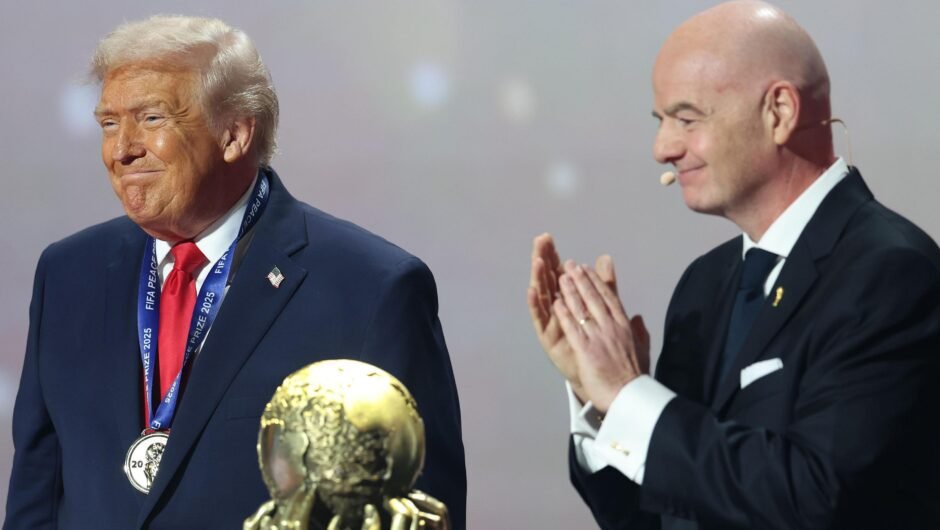The nuclear standoff between the United States and Iran is not merely about uranium enrichment or weaponization, it is a reflection of deeper geopolitical, religious, and historical tensions. For audiences, understanding why America does not want Iran to have nuclear weapons requires looking beyond Western narratives and looking into regional perspectives.
The US-Iran Nuclear Conflict: A Brief Timeline
In 2015, after years of tense diplomacy, Iran and six world powers, the U.S., UK, France, Russia, China, and Germany, signed the Joint Comprehensive Plan of Action (JCPOA). This agreement limited Iran’s nuclear capabilities in exchange for sanctions relief and allowed the International Atomic Energy Agency (IAEA) to inspect Iran’s nuclear sites.
However, in 2018, then-U.S. President Donald Trump pulled the U.S. out of the JCPOA, calling it a “bad deal” and reinstating harsh sanctions. Iran, in turn, gradually rolled back its commitments and enriched uranium far beyond the limits set by the agreement. Talks to revive the deal have since been held indirectly in Oman, with no breakthrough.
America Does Not Want Iran to Have Nuclear Weapons. Why? Isn’t Iran Allowed to Have Them?
Iran has repeatedly stated that its nuclear program is for peaceful, civilian purposes. Supreme Leader Ayatollah Ali Khamenei has issued a fatwa prohibiting the production and use of nuclear weapons, calling them haram (forbidden in Islam). This religious stance has been cited by Iranian diplomats like Mohammad Javad Zarif in international forums as a moral and strategic foundation of Iran’s nuclear policy.
Despite this, suspicions persist. Iran’s secret nuclear facilities discovered in 2002 raised alarms globally. These suspicions led to economic sanctions and international pressure, even though Iran is a signatory to the Nuclear Non-Proliferation Treaty (NPT), which allows civilian nuclear development.
Under the JCPOA, Iran was limited to enriching uranium only up to 3.67%. But by 2025, the IAEA confirmed Iran had enriched uranium up to 60%, sparking fears that the country could quickly reach the 90% purity needed for weapons-grade material.
The Deeper Issue: Not Just About Nukes
According to many Muslim scholars and regional analysts, the issue is not truly about nuclear weapons. The U.S.’s real concern is Iran’s independence and ideological stance.
“The nuclear issue is just a pretext,” says a leading Iranian scholar. “The West, especially the U.S., cannot tolerate a Muslim nation that challenges their dominance.”
The Legacy of 1979
The 1979 Islamic Revolution transformed Iran from a U.S.-backed monarchy into an Islamic Republic with a fiercely anti-imperialist stance. The revolution was a rejection of Western control, particularly American exploitation of Iran’s oil and resources. Since then, the U.S. has seen Iran not just as a rogue state, but as a model that might inspire other Muslim nations to defy Western hegemony.
The Muslim world recalls the U.S.-backed 1953 coup that overthrew Iran’s elected Prime Minister Mohammad Mossadegh after he nationalized oil. That bitter experience shaped Iran’s post-revolution foreign policy, which emphasizes sovereignty, resistance, and regional unity.
Iran’s policies challenge U.S. goals in the Middle East. Unlike many regional governments that align with Western interests, Iran supports the independence of Palestine, opposes normalization with Israel, and backs movements resisting Western intervention.
Why the U.S. Can’t Accept a Nuclear Iran
From Washington’s perspective, allowing Iran to develop nuclear weapons—or even the capability—is unacceptable. Officials argue that:
- It will spark a regional arms race: If Iran goes nuclear, countries like Saudi Arabia, Egypt, and Turkey might follow.
- It threatens U.S. national security: A nuclear-armed Iran could deter U.S. military actions and weaken American influence.
- It challenges Israel’s strategic superiority: Israel, though undeclared, is widely believed to have nuclear weapons. A nuclear Iran would upset the military balance.
However, Muslim commentators argue these concerns are politically motivated. The U.S. has no issue with Israel, India, or Pakistan having nuclear arms, even though they are not NPT signatories. So why single out Iran?
“Once the nuclear genie is out of the bottle, it’s impossible to contain,” said one U.S. analyst. But many Muslims see this as hypocrisy. “Why is the U.S. okay with Israel’s nukes but not Iran’s civilian program?”
A Comparison with India, Pakistan, and Israel
- India tested nuclear weapons in 1974 but endured decades of sanctions and technology bans. Only in 2006 did the U.S. sign a nuclear deal with India.
- Pakistan developed its nuclear arsenal in the 1990s with covert help, yet the U.S. now accepts it as a reality.
- Israel never declared its arsenal, nor did it sign the NPT—but is treated as America’s closest ally.
This inconsistency reinforces Muslim perceptions that the nuclear issue is more about power and loyalty than non-proliferation.
Iran: Not a Threat, But a Challenge
Iran’s growing technological prowess and ideological independence make it a challenge to U.S. dominance, not a direct nuclear threat.
“Iran is a slave that rebelled,” said one Middle Eastern commentator. “The U.S. wants obedient partners, not independent nations.”
Iran’s leadership insists on fair diplomacy and mutual respect. Iranian Foreign Minister Abbas said, “Our intention is to reach a fair and honourable agreement from an equal position.”
But for the U.S., whose policy has long been “maximum pressure,” any compromise that does not dismantle Iran’s missile and nuclear infrastructure is seen as defeat. Even Trump’s advisors publicly stated that Iran must agree to complete disarmament.
Israel, meanwhile, has pushed for total military action. Prime Minister Netanyahu openly stated, “We go in, blow up the facilities, and dismantle all the equipment, under American supervision and execution.”
Could the U.S. or Israel Attack Iran?
Technically, yes. Practically, it’s far more complicated.
On June 22, 2025, the U.S. launched a significant military operation, Operation Midnight Hammer, directly targeting Iran’s most critical nuclear facilities, Fordow, Natanz, and Isfahan.
- Fordow Uranium Enrichment Plant: Deeply buried under a mountain near Qom, this facility is Iran’s strongest nuclear shelter. A B-2 Spirit stealth bomber delivered two GBU‑57 Massive Ordnance Penetrators (MOPs) there, part of a total of 14 bunker-busters dropped across the sites.
- Natanz Nuclear Facility: U.S. military confirmed it was “destroyed,” while Iranian officials described the damage as “superficial.”
- Isfahan Nuclear Technology Centre: Hit by dozens of Tomahawk cruise missiles launched from a submarine, reportedly causing “major damage.”
American military leaders claim the strikes delivered “extremely severe damage” without hitting civilian populations. President Trump called it a “spectacular military success,” signaling readiness for further strikes if Iran does not return to diplomacy.
This operation comes amid an ongoing Iran–Israel conflict that began on June 13, 2025, when Israel launched “Operation Rising Lion,” bombing over 100 Iranian military and nuclear targets across Tehran, Isfahan, and Natanz.
In response, Iran fired missiles, some reportedly hitting civilian infrastructure like the Soroka hospital in Beersheba, injuring dozens.
This series of retaliatory strikes has now dragged the U.S. into the war, marking a major escalation.
Iran’s nuclear facilities are deeply buried underground, requiring super-heavy bunker-busters to reach. The U.S. is one of the few nations with such capability. Israel, although technologically advanced, lacks these specialized weapons.
But destroying these sites won’t silence Iran. A regional war is likely. Tehran has threatened retaliation and warned of closing the Strait of Hormuz. U.S. military bases and allies across the Middle East, especially in host nations like Qatar, face pressure and may refuse to cooperate, fearing escalation.
Final Thoughts: A Muslim Lens on Western Power
From a Muslim worldview, the Iran-U.S. nuclear standoff is more about sovereignty, justice, and resisting oppression than uranium enrichment levels. Iran’s Islamic stance, refusal to bow to Zionist and imperialist pressures, and its support for regional unity make it a unique target for Western pressure.
The Muslim world must not view Iran’s defiance as isolationism, but as a call for collective resistance against double standards and neocolonialism.
“We are not against peace,” Iran’s leaders repeatedly emphasize. “But peace cannot come with submission.”
As a community, we must demand fairness in global policy and recognize that power should never justify oppression.
Also, see:
New Balochistan Assembly Building to be Constructed at Cost of Rs. 9.5 Billion





